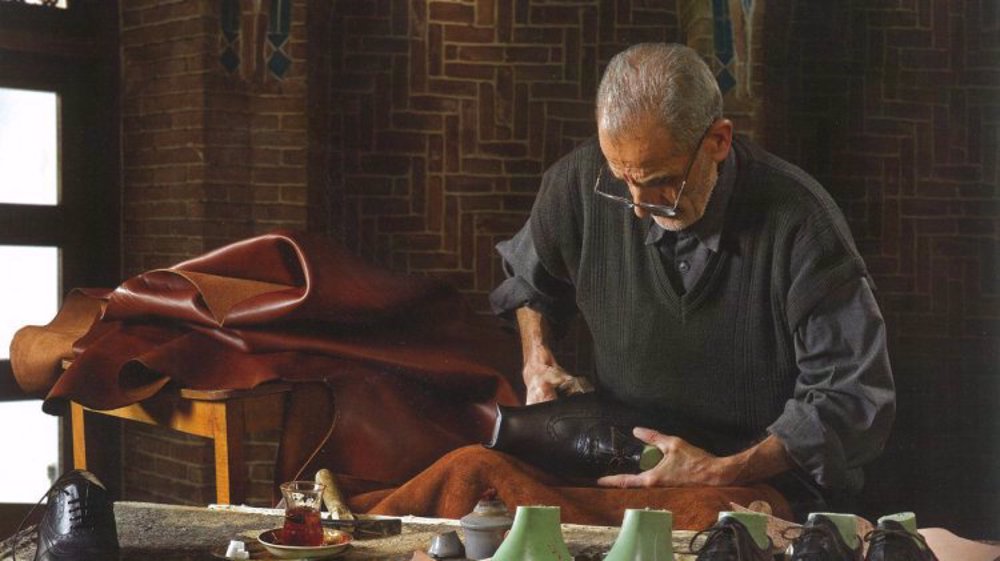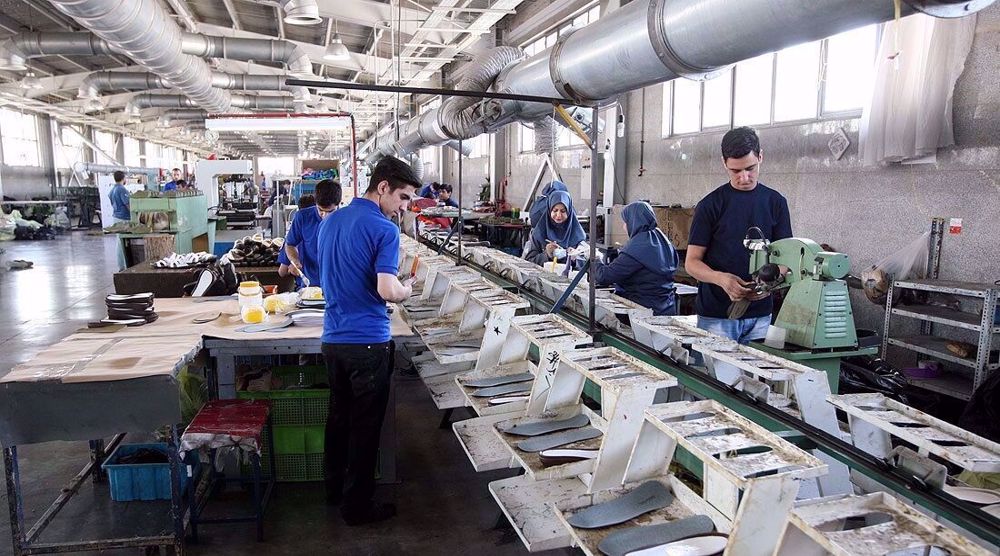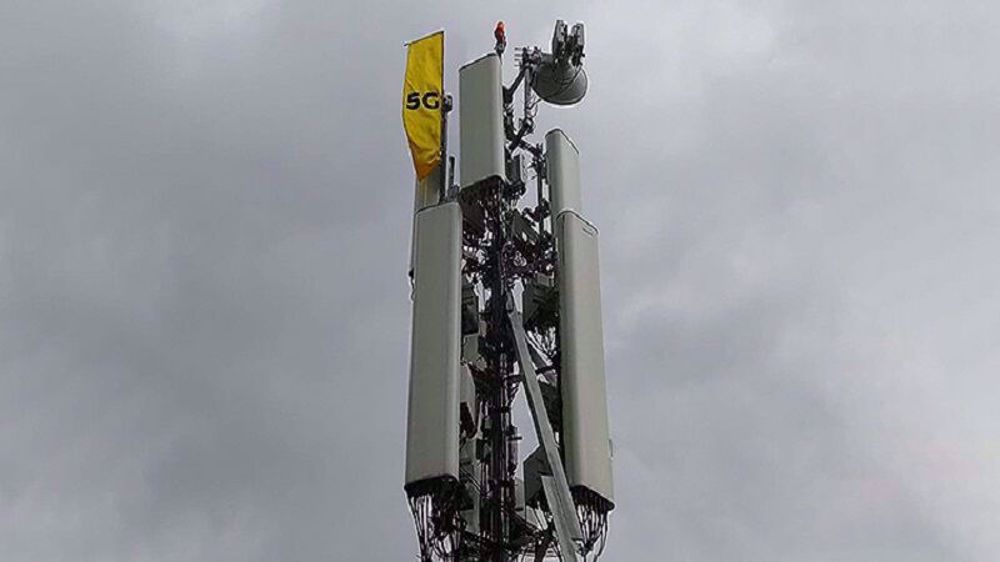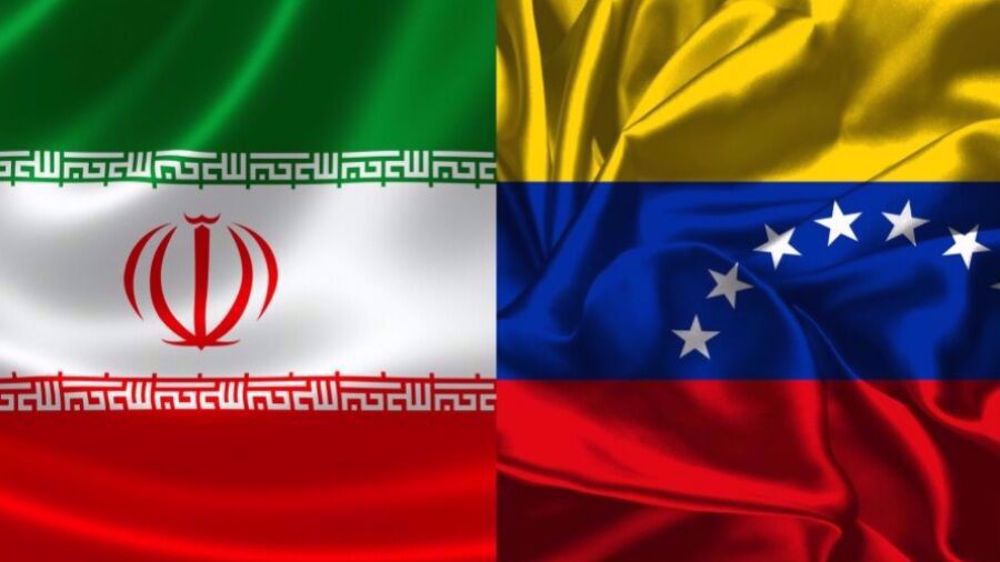Iran’s push to revive footwear industry
Iran is the 11th footwear producer in the world and the largest producer and consumer of shoes in West Asia, with a capacity to turn into a hub of raw materials and exports.
While foreign exchange earnings from footwear exports stand at a modest $100-120 million, the sector has strategic importance because of its high employment generating capacity.
The footwear industry spans a broad value chain involving the production of leather, shoes, bags, accessories and related industries, in which about 500,000 people are directly or indirectly employed. Hence, Iran's footwear industry ranks fourth among 71 job categories for the employment potential index.
It is also a driving industry of a wider sector including natural and synthetic leather, machine-making and molding, designing and modeling, metal, polymer and petrochemical industries, refineries and sales which include advertising, marketing and branding.
The footwear industry is classed among home businesses which are low cost compared to commercial entrepreneurship and might get certain state incentives such as tax breaks.
Shoes can be produced in homes, cultural and art centers such as mosques, and industrial towns, providing brisk employment and income as well as social security for locals.
For example, most graduates in Hidaj in Iran’s northwestern Zanjan province have household units dedicated to producing shoes where local women knit uppers with their sewing machines.
As part of their industrialization drive, many countries especially in Asia such as China, Vietnam, Taiwan, South Korea and Indonesia are assiduously working to revive the footwear industry.
In 2023, Asia’s footwear consumption accounted for more than half of the world total. China accounted for 63.8 percent of all footwear exports. Vietnam ranked a distant second at 9.5 percent, followed by Indonesia at 3.2 percent. These three countries taken together accounted for over three-quarters of worldwide footwear exports.
The footwear industry continues to be strongly concentrated in Asia where almost 9 out of every 10 pairs of shoes are manufactured. China is the world’s largest footwear producer manufacturing 12.3 billion pairs in 2023. India is the second, accountable for 11.6 percent of the world total.
According to international statistics, Iran produces about 270 million pairs of shoes a year, 40-50 million pairs of which are exported.
Footwear production in Iran dates back to the time of the Medes in the seventh century BC. Inscriptions remaining from the period show figures wearing some sort of socks made of leather which are fixed on the feet by straps and attached to their pants.
In the Achaemenid era of the fourth century, there were fundamental changes in the way shoes were made based on the class the individuals had - whether they were aristocrats or ordinary people.
The first modern industrial tannery and leather factory was established in Tabriz, northwest Iran in 1928. By 1962, there were 19 leather factories and 12 tanneries, employing more than 2,000 workers. They were partly privately owned, but after the Islamic Revolution of 1979 they were all nationalized.
Currently, about 10,000 footwear production units operate in Iran, of which 230 to 240 units are industrial and the rest are small and medium-sized artisan businesses.

In 2001, Iran exported about $70 million worth of footwear against $50 million by Turkey. In 2022, Iran's footwear exports totaled $87 million, while Turkey’s sales surpassed one billion dollars.
A comparison of value added is more telling. In 2022, Iran exported 27 million tonnes of petrochemical products worth $16 billion, which translates to $592 of foreign exchange earned for each tonne. Some 39,000 tonnes of shoes worth $87.5 million were exported in the same year, which means $2,243 in revenues for every tonne.
Also, every barrel of Iranian oil weighing some 150 kg sells for $80-100, but a carton of 10 to 12 pairs of shoes, weighing only five kilograms, brings in about $40 in hard currency revenues.
One of the good news is Iran’s push to revive the industry. Measures have already been taken to complete the supply chain of raw materials, some 30 percent of which were imported before, but the dependence has currently declined to less than 5 percent.
VIDEO | Assassination of two key figures in fight against US-backed Daesh
VIDEO | Press TV's news headlines
VIDEO | Gaza hospitals without life-saving devices amid Israeli restrictions
VIDEO | Austrian FM says ‘EU too weak to uphold international law’
VIDEO | Pakistan rejects India’s claim on Indus Waters Treaty status
1 killed, 3 injured as bus hits Israeli ultra-Orthodox protesters during anti-conscription rally
VIDEO | Trump destabilizing nations
VIDEO | Palestinians condemn Israeli decision targeting Ibrahimi Mosque authority










 This makes it easy to access the Press TV website
This makes it easy to access the Press TV website